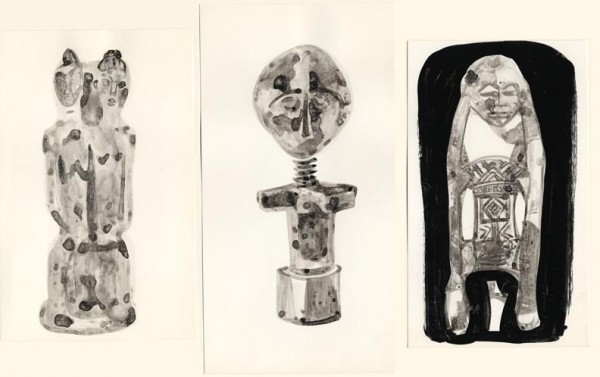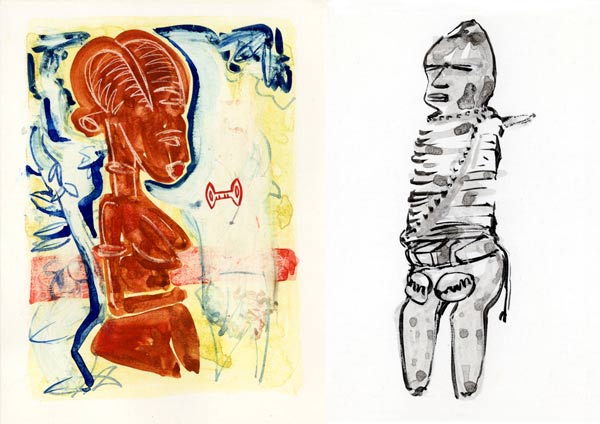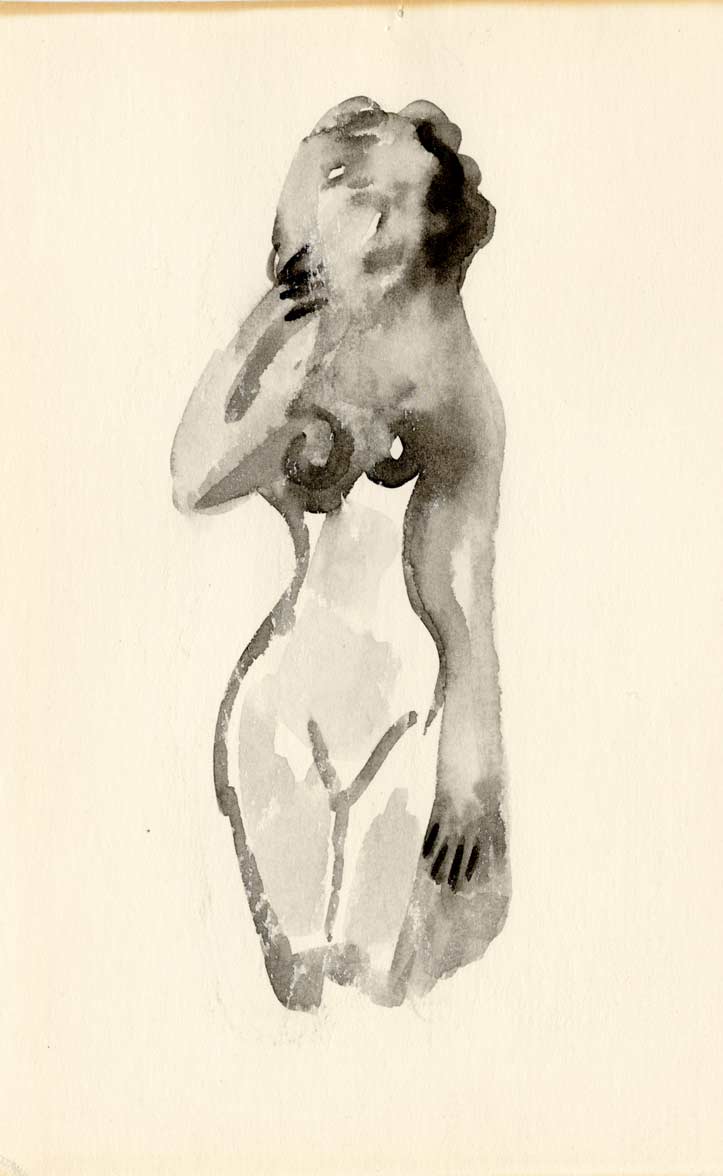
Definitions of the verb “to read” routinely omit the key ingredient that makes reading reading: I would define it as: to enter an immersive state by way of the sequential turning of the pages of a book. <Syn>: to dive, to swim, to be transformed by knowledge and imagination. I can track the date at which my capacity to enter this state vanished with the arrival of my smart phone. Also in danger, the capacity to attach meaning to anything for longer than it takes to text a smile emoticon. I have watched over the past year as the foundations of what I used to fondly think of as “focus” and “purpose” seem to be slipping away. It seems that I have handed over my brain for rewiring by cyber-reality, without building in a compensating survival channel.
In recognition of this dire situation I bought a book, a big, real hardcover book that cost over $40 from a still-standing bricks and mortar bookstore and decided to use it as my way to “practice reading” and rediscover the immersive state. I first noticed the book on the new arrivals table, picked it up, and while holding it felt my pulse quicken as though I had locked eyes with a handsome stranger on a train. I put it back and thought about it for a week. I went back.
Now each evening I look forward to curling up on the couch with a chapter of “A History of the World in 100 Objects” by Neil MacGregor, director of the British Museum. The book began as a radio program broadcast by the BBC. In the absence of visual reference, the power of the chosen 100 objects had to be conveyed by narration alone, which accounts in part for the elegance, precision and lyric beauty of the prose. A book of this size, two inches thick and weighing three pounds, is not convenient. The pages do not lie flat; you must anchor them with your thumb or your elbow. It is a physical act, this reading. The book itself is an object of contemplation.
MacGregor covers a dizzying range of objects and eras: the first Ming banknote, an Mozambiquan throne of guns, the Borobudur Buddha head,a sandal label from the time of the Pharaohs. The object that has won my complete allegiance comes early, the Ice Age mammoth antler from Montastruc carved with swimming reindeer. It marks a change in the development of human consciousness:
Across the world, humans started to create patterns that decorate and intrigue, to make jewellery to adorn the body, and to produce representations of the animals that shared their world. They were making objects that were less about physically changing the world than about exploring the order and the patterns that can be seen in it….The stone tools we looked at previously raised the question of whether it is making things that makes us human. Could you conceive of being human without using objects to negotiate the world? ….Why do all modern humans share the compulsion to make works of art? Why does man the tool-maker everywhere turn into man the artist?
The description of the two reindeer that follows gives me huge respect for what goes into really “knowing” antiquities. Scholars and archaeologists see not just the beauty of the carving, but they can discern that the season is autumn, when the reindeers’ antlers are longest and their coats are healthiest. The female swims behind the male, and is carved with accuracy only a hunter and butcher of animals could have known. This artifact comes from a time 13,000 years ago when reindeer roamed Europe and were the chief source of food and survival for human hunter-gatherers. Archeologists can tell that at least four different stone technologies were used to carve it. And spiritual scholars and thinkers see more:
You can feel that somebody’s making this who was projecting themselves with huge imaginative generosity into the world around, and saw and felt in their bones that rhythm. In the art of this period you see human beings trying to enter fully into the flow of life, so that they become part of the whole process of animal life that’s going on around them, in a way which isn’t just about managing the animal world, or guaranteeing them success in hunting. I think it’s more than that. It’s really a desire to be at home in the world at a deeper level, and that’s actually a very religious impulse, to be at home in the world. We sometimes tend to identify religion with not being at home in the world, as if the real stuff were elsewhere in Heaven; and yet if you look at religious origins, at a lot of the mainstream themes in the great world religions, it’s the other way round – it’s how to live here and now and be part of that flow of life. –Dr. Rowan Williams, Archbishop of Canterbury
I read this and am filled with elation. I also look back at my earliest attempt at sculpture and can only laugh with gallows humor at how far from Ice Age integrity I have come. At eight I was given an Ivory Soap elephant-carving kit. Yes I, a mostly city girl who sometimes lived on a farm about as far away from elephants as a person can possibly get, was going to learn sculpture by carving what I profoundly did-not-know. I looked at the diagrams, I held the cube of soap in my hand, I despaired. And it only got worse as the soap slipped and the tools gouged and nicked, chopping off precious and irreplaceable Ivory. The ear resembled an ear only from the left, above, and became a leaf of cabbage from any other direction. I recall setting down the tools on the farmhouse kitchen table and wondering, how do you hide an elephant?
A few years ago I found myself with a group of people in a house on a hill in Utah, being guided by a sculptor through a visioning exercise that involved a ball of clay. As we closed our eyes and looked inward we warmed the clay with our hands. And then, eyes still closed, we started to make what we saw. That is as close as I have come to the knowing of the Ice Age cave.


